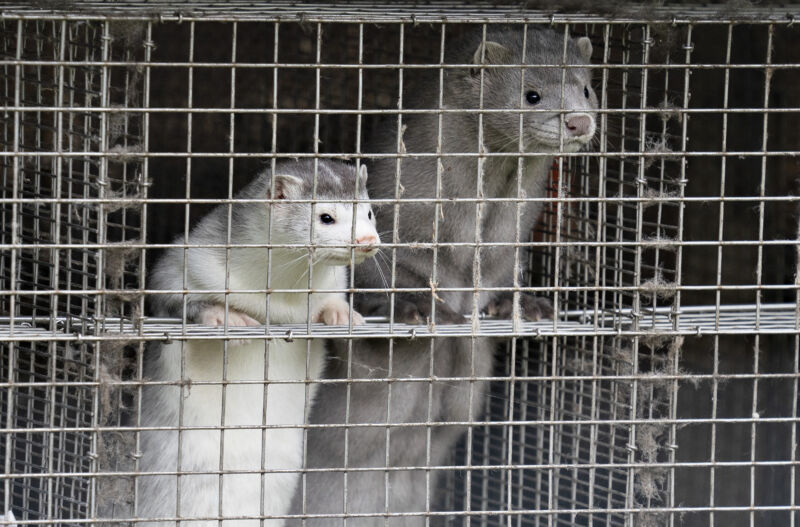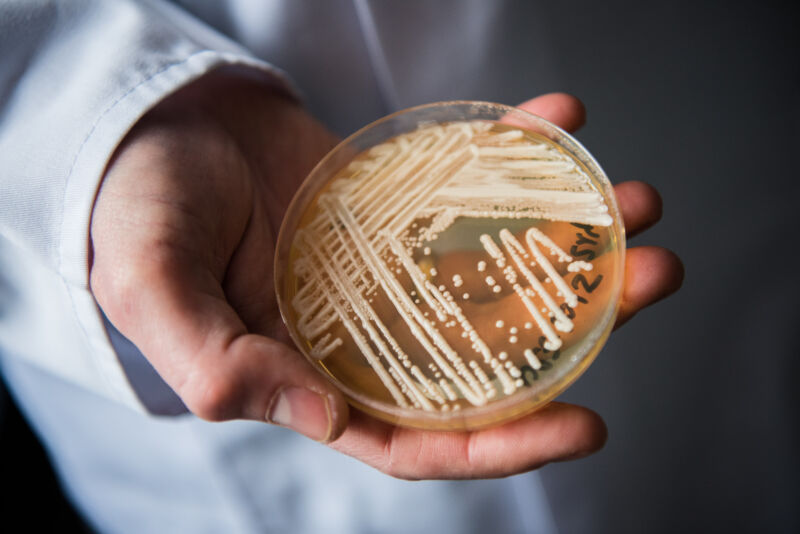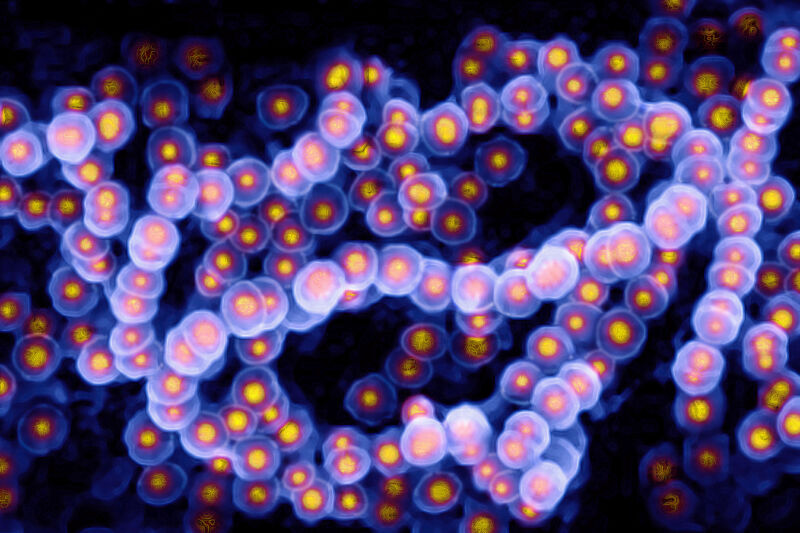-
 chevron_right
chevron_right
Weird SARS-CoV-2 outbreak in mink suggests hidden source of virus in the wild
news.movim.eu / ArsTechnica · Friday, 21 April, 2023 - 20:19

Enlarge / Minks are seen at a farm in Gjol, northern Denmark, on October 9, 2020. (credit: Getty | Henning Bagger )
Between September to January of this year, mink in three Polish farms tested positive for the pandemic coronavirus, SARS-CoV-2— presenting a concerning mystery as to how the animals became infected.
SARS-CoV-2 infections in mink aren't particularly noteworthy or concerning on their own; it's well established that mink are susceptible to the virus. The realization early in the pandemic resulted in extensive culls in Denmark and the Netherlands during 2020 and led to intensive monitoring and regulation of remaining mink herds in many places, including Poland.
But the recent cases in Polish mink , reported this week in the journal Eurosurveillance, are unusual. While previous mink outbreaks have linked to infected farmworkers and local circulation of the virus—indicating human-to-mink spread—none of the farm workers or families in the recently affected farms tested positive for the virus. In fact, health investigators found that the infected mink carried a strain of SARS-CoV-2 that has not been seen in humans in the region in more than two years (B.1.1.307).








